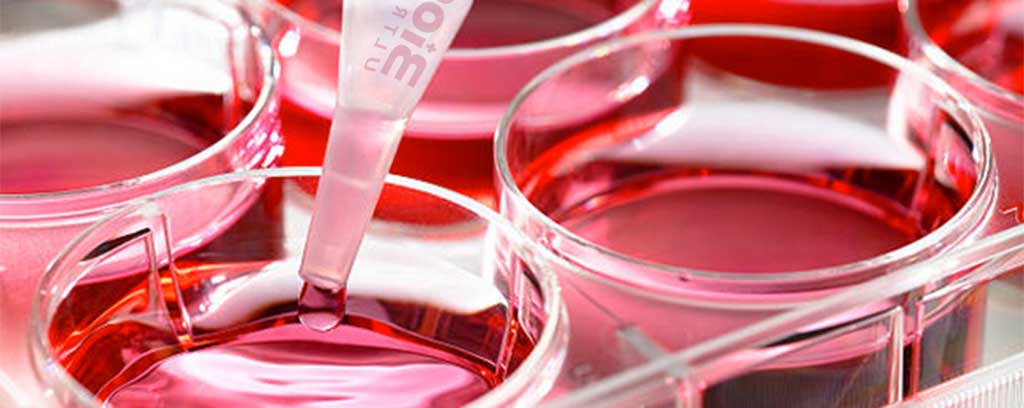Analysis of Cellular Aging
Aging and deterioration of the body occur at the cellular level, primarily due to the repeated action of Free Radicals, highly reactive molecules, mainly oxygen and hydrogen peroxide, which are missing an electron and seek to recover it from any tissue they encounter, thus creating a cascade of Free Radicals that over time, despite the cell's defenses and repair capacity, damage crucial proteins and enzymes, affecting cellular function.
Most Free Radicals are metabolically produced in the mitochondria of cells during the synthesis of adenosine triphosphate (ATP), the necessary fuel for most cellular processes, without which life would not exist.
The immediate damage from Free Radicals is to the membranes and DNA of the mitochondria, resulting in reduced cellular energy production. Subsequently, damage occurs to the structures inside the cells responsible for producing crucial proteins, enzymes, and lipids for cell and organism function.
Over time, accumulated damage exceeds the cell's repair capacity, making it progressively inefficient. This is reflected in the accumulation of biological waste material inside the cell, further impairing its capabilities, leading to a decrease in hormone and enzyme production, tissue and organ deterioration, a decrease in immune system effectiveness, a decrease in metabolism, with a clear tendency toward accelerated aging.
The damage caused by Free Radicals can be even more significant, as it can affect the DNA or genetic code stored in the cell's nucleus, opening the door to mutations leading to cancer and other catastrophic diseases.
